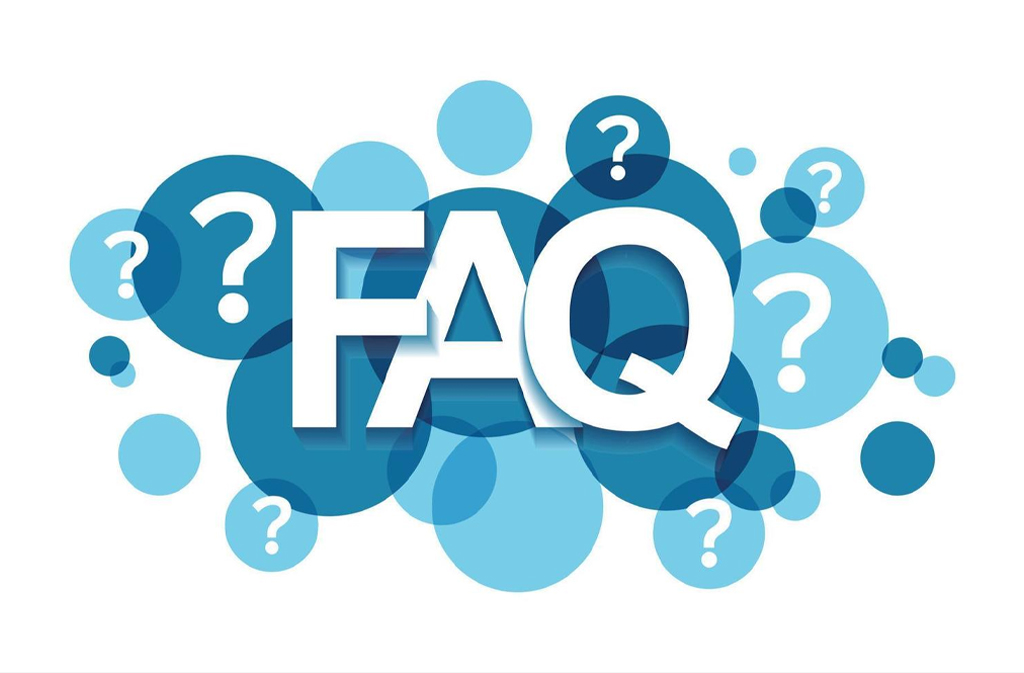NYT crossword clues have entertained puzzle lovers for decades. The New York Times crossword is one of the most famous puzzles in the world, and many people enjoy the challenge of figuring out the clever clues. At first glance, the clues may seem tricky or even impossible. However, with practice and the right strategies, anyone can learn how to solve them with confidence.
In this guide, we will explore how to understand NYT crossword clues, spot patterns, and use wordplay to your advantage. Along the way, we’ll also look at common clue types and helpful solving techniques. Whether you are new to puzzles or an experienced solver, these tips will help you enjoy the game more and build your skills.
Why NYT Crossword Clues Are Special
NYT crossword clues stand out because they are not just direct questions. Instead, they often include clever tricks, wordplay, or cultural references. Solvers are challenged not only to know the answer but also to think in creative ways. This makes the puzzles both frustrating and fun at the same time.
Additionally, the clues change in difficulty depending on the day of the week. For example, Monday puzzles are easier and perfect for beginners, while Saturday puzzles are the hardest. Sunday puzzles are the largest, and they usually include a theme. Understanding this pattern helps you prepare for the challenge ahead.
Common Types of NYT Crossword Clues
When solving NYT crossword clues, it helps to know the common types you may encounter. Many clues are straightforward definitions, but others include puns, abbreviations, or hidden meanings.
One common type is the fill-in-the-blank clue, such as “___ and found.” These are often easier because you can guess the phrase quickly. Another type is the abbreviation clue, which might hint at shortened words like “Org.” for organization. More advanced solvers often deal with cryptic-style clues, where wordplay leads to the answer in surprising ways.
Knowing these types makes puzzles less confusing. As you see them more often, you will recognize patterns and solve clues faster.
Strategies for Solving NYT Crossword Clues
Learning strategies is important when working on NYT crossword clues. One helpful method is to start with the easiest answers, such as short words or fill-in-the-blank clues. These give you a foundation to build on and can help with the harder words.
Another good strategy is to pay attention to the clue’s tense and number. If the clue is plural, the answer is probably plural too. Similarly, if the clue is in the past tense, the answer usually matches. By noticing these small details, you can avoid mistakes and improve accuracy.
Wordplay in NYT Crossword Clues
Wordplay is one of the most exciting features of NYT crossword clues. Puzzles often use puns, double meanings, and tricky phrasing to make solvers think in new ways. This is where the crossword becomes a test of both vocabulary and creativity.
For example, a clue might look like it is asking a serious question, but it could be a joke. A phrase like “Current event” might mean a news story, but in a crossword, it could also mean something related to electricity. These twists are what make solving NYT crossword clues so entertaining.
The Role of Themes in NYT Crossword Clues
Many NYT crossword puzzles, especially the Sunday edition, include a theme. This means several answers in the puzzle are connected by a common idea. Themes can be based on wordplay, cultural references, or even hidden messages.
Recognizing the theme early can help you solve tricky clues. Once you understand the pattern, you can predict how other answers will fit. This makes the puzzle easier and much more enjoyable to complete.
How to Practice with NYT Crossword Clues
Practice is the best way to improve at solving NYT crossword clues. Starting with Monday puzzles is a good idea because they are easier. As you gain confidence, you can try harder puzzles later in the week. Over time, you will see common words and clue styles appear again and again.
Another great way to practice is by solving puzzles with friends. Working together helps you learn from others and see how different people think about clues. This teamwork can make the process less frustrating and more fun.
Benefits of Solving NYT Crossword Clues
Solving NYT crossword clues is not just fun—it also has many benefits. For one, it improves your vocabulary. As you solve more puzzles, you will learn new words and phrases. This helps in everyday communication as well.
Additionally, solving crosswords strengthens memory and problem-solving skills. It trains your brain to think in creative ways, which can be useful in work and school. Many people also find that solving puzzles is a relaxing activity that reduces stress.
Challenges with NYT Crossword Clues
Of course, NYT crossword clues can also be challenging. The hardest part for many beginners is dealing with the tricky wordplay and cultural references. Sometimes, the answer may be something you have never heard before.
However, these challenges are also opportunities. Every time you struggle with a puzzle, you learn something new. The more you practice, the less intimidating the puzzles become. Even when you cannot solve everything, you still gain knowledge and skill.
Tools to Help Solve NYT Crossword Clues
Today, many tools can help you work on NYT crossword clues. Online dictionaries, crossword apps, and word lists are useful when you feel stuck. Some solvers also keep a notebook of common crossword answers to study.
Although tools are helpful, it is important not to rely on them too much. Using them only when necessary ensures that you still practice and develop your skills. With time, you will need fewer tools because your puzzle-solving ability will improve naturally.
Conclusion
NYT crossword clues are both challenging and rewarding. They combine knowledge, wordplay, and creativity into puzzles that millions of people enjoy every day. By learning the common types of clues, practicing regularly, and using smart strategies, anyone can improve their solving skills.
Whether you are solving your first Monday puzzle or tackling a tough Saturday crossword, the journey is always exciting. With patience and practice, you will find that NYT crossword clues are not just puzzles—they are a fun way to learn, relax, and challenge your mind.

FAQs
1. What are NYT crossword clues?
NYT crossword clues are hints used in The New York Times crossword puzzle. They can be direct, playful, or tricky, and they guide solvers to find the correct answers.
2. Are NYT crossword clues hard to solve?
The difficulty depends on the day of the week. Monday puzzles are usually easier, while Saturday puzzles are the hardest. Sunday puzzles are larger and often include a theme.
3. How can I get better at solving NYT crossword clues?
Start with easier puzzles, practice regularly, and learn common clue patterns. Paying attention to wordplay, tense, and plurals will also help you improve over time.
4. What kinds of clues appear most often?
Fill-in-the-blank, abbreviations, puns, and cultural references are very common in NYT crossword clues. Recognizing these patterns makes solving faster and easier.
5. Do I need special knowledge to solve NYT crossword clues?
Not always. While some puzzles use cultural or historical references, most can be solved with logic, wordplay skills, and practice. Over time, you’ll pick up useful knowledge.
Visit our website: Pure Magazine


